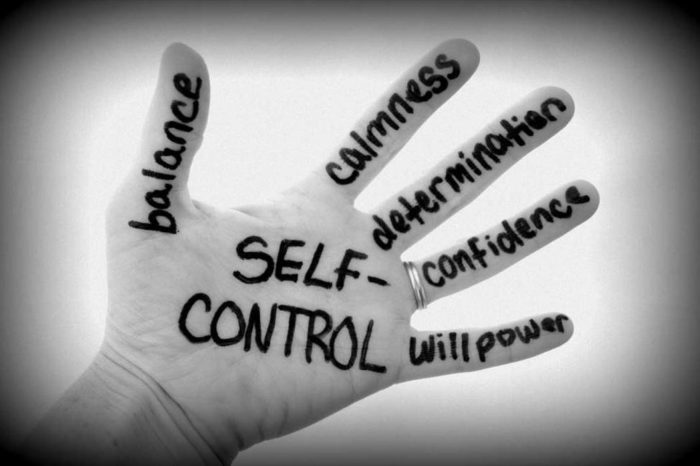Digital Distraction

With our digital devices buzzing, world events demanding our attention, and more things to entertain us than ever before, it certainly seems harder to focus on what’s really important. And yet, understanding how to stay focused is exactly what it takes to get things done and get ahead.
“The net is designed to be an interruption system, a machine geared to dividing attention.” – Nicholas Carr
Online services like Facebook, YouTube, Twitter, Instagram, Buzzfeed and the like, are called out as masters of manipulation — making products so good, people can’t stop using them. However, as good as these services are, there are simple steps we can take to keep them at bay.
After all, we’re not injecting Instagram intravenously or freebasing Facebook. For example, we can change how often we receive the distracting notifications that trigger our compulsion to check.
Digital distractions can be seen as a blessing, in the sense that it can help us ease pain and make us better.
In fact, playing the virtual reality game was more effective at reducing pain than using medication. The researchers concluded that the more immersive and engaging the game was, the more it helped direct attention away from the pain of the procedure.
The ability to shift our attention away from negative experiences is also helpful outside of a hospital setting. Distractions can help us cope with the pains of everyday life. Research on how distractions can be used to control our urges and impulses show that certain games, like Tetris for example, can help reduce cravings for fatty foods and even addictive drugs.
Nonetheless, distractions can be disruptive. Getting addicted to some of the personal technologies like Social media, video games, puzzles, television shows, podcasts, news, and spectator sports, etc.
How Can We Manage Digital Distraction?
Personal technology is indeed more engaging than ever, and there’s no doubt companies are engineering their products and services to be more compelling and attractive. But would we want it any other way? The intended result of making something better is that people use it more. That’s not necessarily a problem, that’s progress.
These improvements don’t mean we shouldn’t attempt to control our use of technology. In order to make sure it doesn’t control us, we should come to terms with the fact that it’s more than the technology itself that’s responsible for our habits.
Our workplace culture, social norms and individual behaviors all play a part. To put technology in its place, we must be conscious not only of how technology is changing, but also of how it is changing us.
Source: www.nirandfar.com
Share your story with us: SMS/WhatsApp: +2347016545205 Email: editor@extelicast.com







